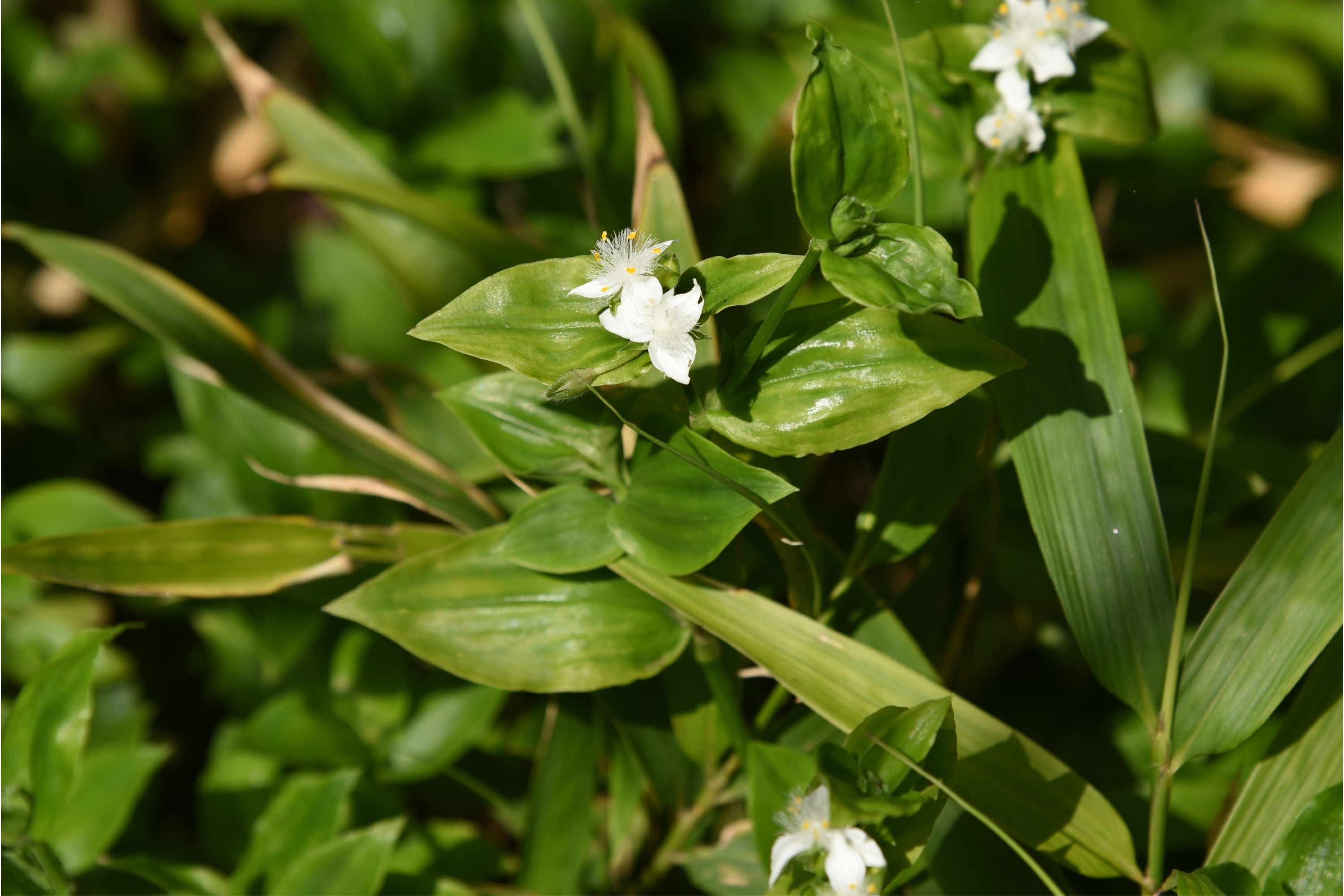Wandering Jew
(Tradescantia fluminensis)

Description
Tradescantia fluminensis, also known as the inch plant or wandering Jew, is a species of perennial plant belonging to the Commelinaceae family. Native to Brazil, this plant is popular for its ornamental value and ease of care, making it a common houseplant worldwide. In this article, we will explore the various aspects of Tradescantia fluminensis, including its taxonomy, morphology, growth requirements, propagation methods, and common pests and diseases. Taxonomy: Tradescantia fluminensis was first described by Carl von Linnaeus, the father of modern taxonomy, in his seminal work Species Plantarum in 1753. The genus Tradescantia, named in honor of John Tradescant the Elder, a renowned English gardener and naturalist, comprises about 70 species of herbaceous plants distributed across the Americas. The specific epithet fluminensis refers to the Fluminense region in Brazil where the plant was first discovered. Morphology: Tradescantia fluminensis is a trailing or creeping plant that can grow up to 30 cm tall and spread up to 90 cm wide. Its stems are succulent, fleshy, and covered with soft, fine hairs. The leaves are simple, alternate, ovate to elliptical in shape, and measure 2-6 cm long and 1-2.5 cm wide. They are usually bright green, but some cultivars have variegated leaves with stripes of white, pink, or purple. The flowers are small, three-petaled, and white, pink, or purple in color. They bloom sporadically throughout the year and are not particularly showy. Growth requirements: Tradescantia fluminensis is a relatively low-maintenance plant that thrives in bright, indirect light but can also tolerate partial shade. It prefers well-draining soil that is kept moist but not waterlogged. Overwatering can cause root rot, so it's important to let the top inch of soil dry out before watering again. The plant also benefits from regular fertilization with a balanced, water-soluble fertilizer every two weeks during the growing season. Temperatures between 15-27°C are ideal for Tradescantia fluminensis, and it can tolerate temperatures as low as 10°C but not below freezing. Propagation: Tradescantia fluminensis can be propagated through stem cuttings, division, or by seed. Stem cuttings are the easiest and most reliable method of propagation. To propagate through stem cuttings, select a healthy stem with several nodes and remove the lower leaves. Dip the cut end in rooting hormone and plant it in a pot filled with moist potting mix. Keep the pot in a warm, humid spot and water regularly until roots have formed. Division involves separating the plant into smaller sections and planting them separately. Seeds are less commonly used for propagation because they are slow to germinate and require specific conditions. Common pests and diseases: Tradescantia fluminensis is relatively pest and disease-free, but it can be affected by mealybugs, spider mites, and scale insects. These pests can be controlled with regular applications of insecticidal soap or neem oil. Root rot can also be a problem if the plant is overwatered, so it's important to ensure that the soil is well-draining and not waterlogged. Yellowing or wilting leaves can be a sign of root rot, and affected plants should be treated with a fungicide and repotted in fresh soil. Conclusion: Tradescantia fluminensis is a popular houseplant that is easy to care for and adds a touch of green to any indoor space.
Taxonomic tree:







